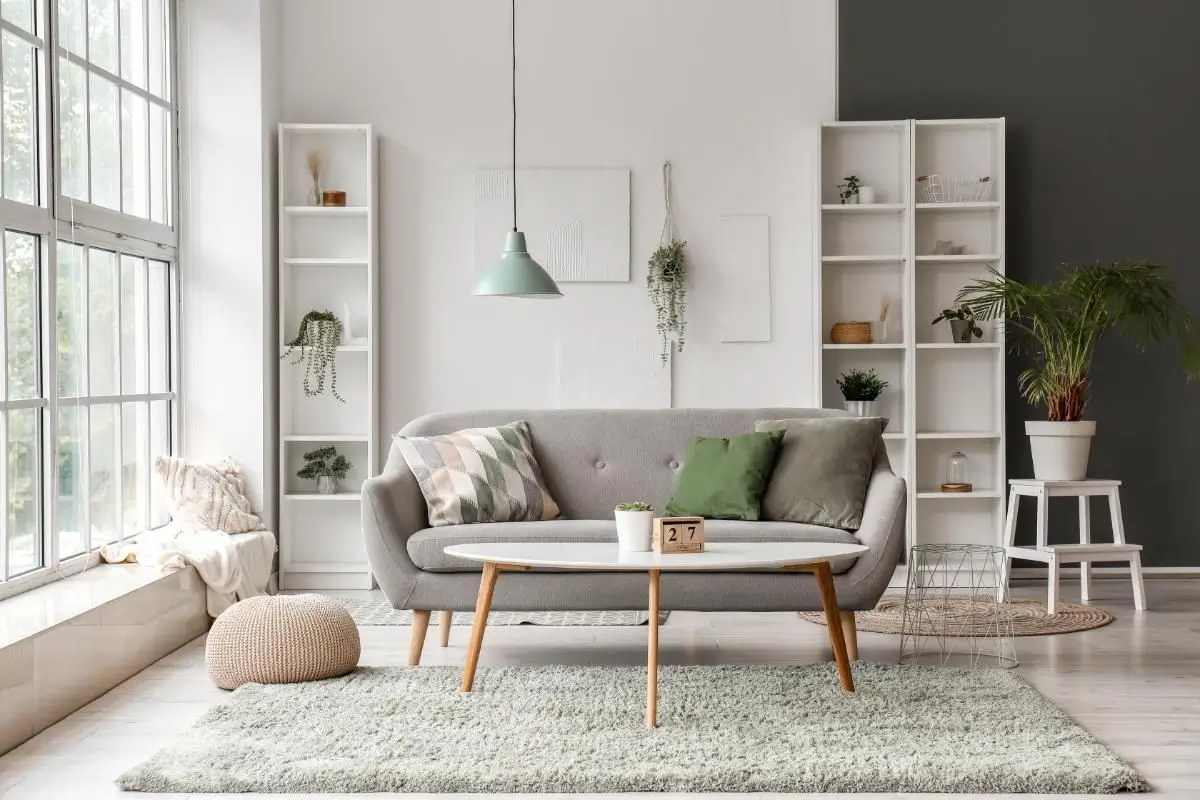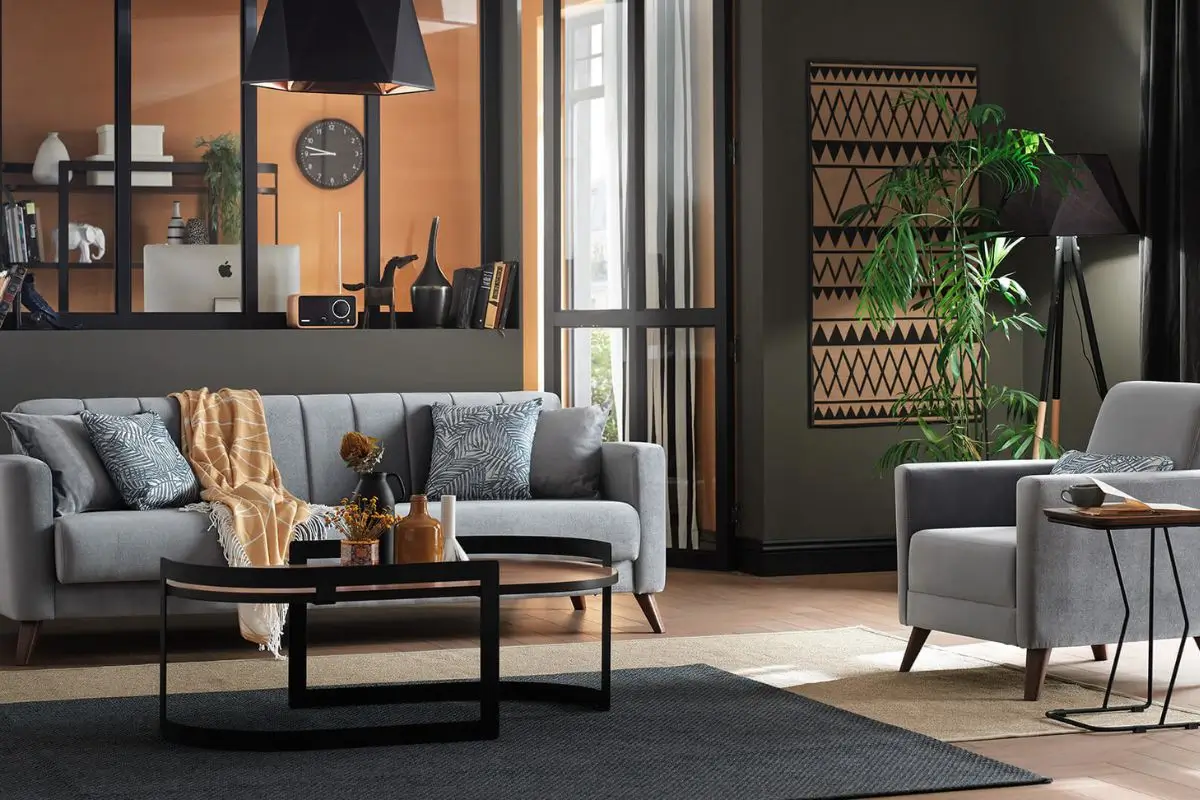What Makes a Sofa Truly Comfortable: A Guide to Finding Your Perfect Match
Choosing a sofa is more than just a design choice—it’s about creating a space where you can relax and unwind. This guide breaks down what makes a sofa truly comfortable, helping you find the perfect balance between aesthetics and functionality for your home.
Cushion Comfort: The Heart of Sofa Relaxation
Cushion material and support are critical to how comfortable a sofa feels. Foam cushions provide firm, structured support, ideal for those who prefer stability. Down-filled cushions are soft but require regular fluffing to maintain shape. Memory foam conforms to your body’s contours for personalized comfort. Choosing between firmness and softness depends on your preference, but the right balance is essential to avoid discomfort over time.
Strong Frames: The Backbone of Durability and Comfort
A sofa’s frame directly impacts both its longevity and comfort. Hardwood frames, like oak or beech, provide excellent durability, while softer woods may weaken with use. Kiln-dried wood ensures the frame resists warping over time. Pay attention to spring systems, as well—sinuous springs prevent sagging, while pocket coils distribute weight evenly. A solid frame guarantees that the sofa will stay comfortable for years.
Seat Depth and Height: Perfect Fit for Personalized Comfort
Finding the right seat depth and height is essential for comfort, especially when considering different body types and preferences. Deeper seats are perfect for lounging or taller individuals, while shallow seats offer better back support for those who prefer upright seating. Similarly, higher seats make it easier to stand up, while lower ones can create a cozy, relaxed feel. The key is to find the right dimensions to suit your body and intended sofa use.
Backrest and Armrests: Ergonomic Support for EveryBody
Backrest and armrest designs are crucial for ergonomic comfort. High backrests offer better support for your upper back and neck, while lower ones may focus more on style than function. Armrests, too, matter—wide, padded armrests provide a comfortable space to rest, while narrow or hard armrests may feel restrictive. A sofa designed with proper ergonomic features helps maintain good posture and prevents discomfort, especially during long periods of use.
Upholstery That Feels as Good as It Looks
The fabric you choose for your sofa affects both comfort and practicality. Breathable fabrics like cotton and linen feel soft and fresh, but they might stain easily. Leather offers a luxurious, durable option but can get too warm in summer or cold in winter. Microfiber combines softness with easy maintenance, making it perfect for homes with pets or children. Choose upholstery that feels pleasant and matches your lifestyle.
Recliners and Modular Sofas: Customizing Comfort for Your Lifestyle
Modern sofas offer adjustable features like recliners and modular sections, adding versatility to your comfort experience. Recliners let you adjust seating positions to relax fully, while modular sofas can be rearranged to suit your space or seating needs. These options give you the flexibility to adapt the sofa for various uses, making it perfect for families or those who love hosting guests.
Personal Comfort Needs: Tailor Your Sofa to Your Lifestyle
Comfort is personal, and your lifestyle should guide your sofa choice. If you have pets, consider durable, easy-to-clean fabrics. For those with back issues, sofas with extra lumbar support may be a priority. If you entertain frequently, a spacious sofa with firm cushions will ensure your guests are comfortable. Identifying your personal comfort requirements ensures you invest in a sofa that suits your day-to-day needs.
Style vs. Comfort: Achieving the Perfect Balance
A sofa’s design is important, but comfort should never be sacrificed for style. While modern, minimalist designs look great, they may lack the plushness needed for everyday relaxation. Conversely, overly padded sofas may look bulky in a contemporary setting. The goal is to find a sofa that balances visual appeal with the level of comfort you desire. A well-balanced sofa enhances both your living space’s aesthetic and your comfort.
Conclusion
Choosing the right sofa is about more than just looks. It requires careful consideration of frame construction, cushion support, ergonomic design, and personal comfort needs. By understanding what makes a sofa comfortable, you’ll be better equipped to find the perfect match that offers lasting comfort and enhances your home’s atmosphere for years to come.
Tags: sofa

